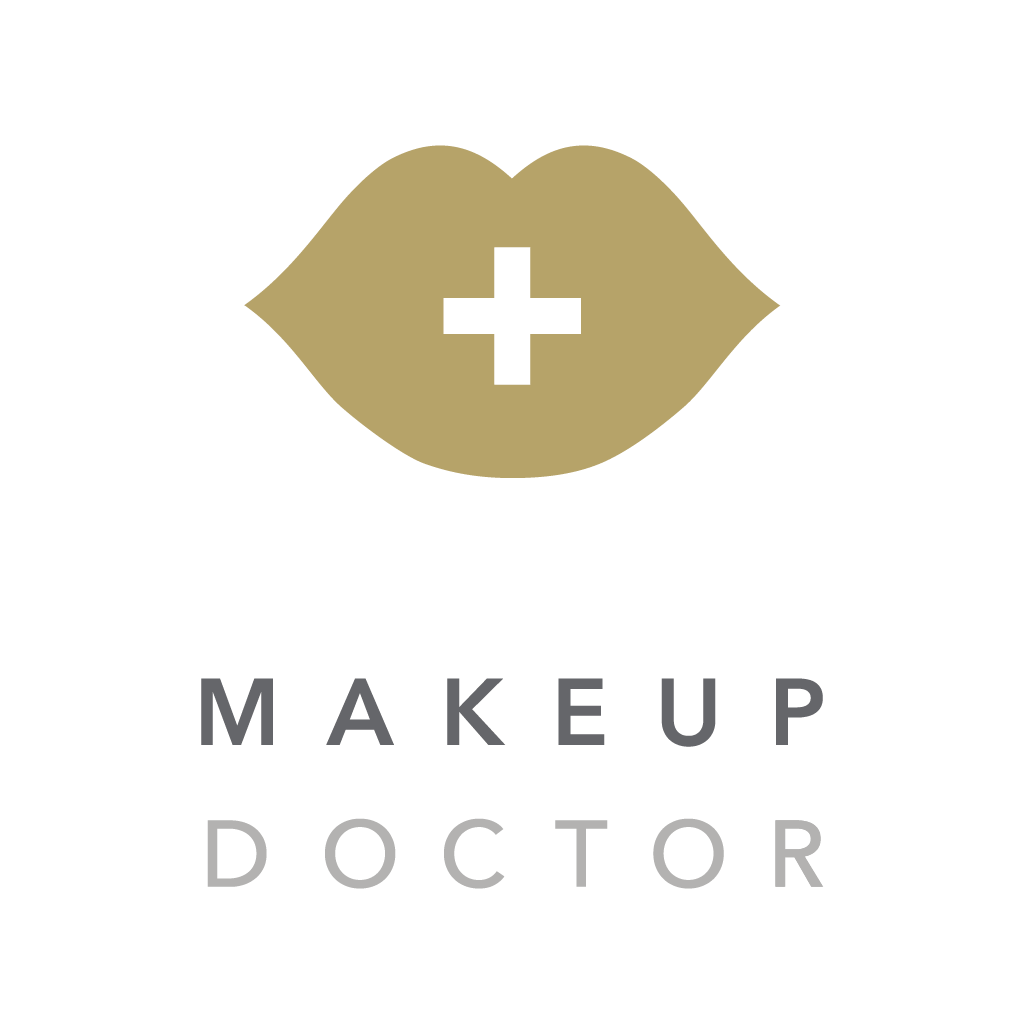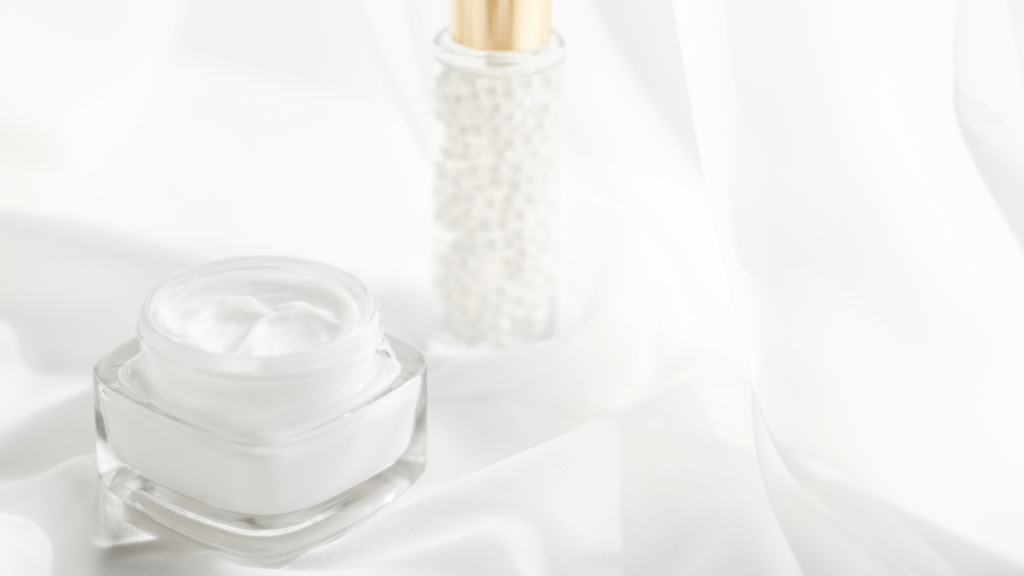The Prime Question
Primer is often an overlooked product, and many people will wonder if they need to wear it at all. I thought I would bring you some basics about primer that would help you decide if it is necessary for you.
What is it designed for?
The idea behind primer is that it ‘helps makeup stay in place’. And it does this by acting as a barrier. Everyone has skin that behaves differently, some have oils, others dryness or uneven skin, all of which can affect makeup. So, the idea behind primer is you put it on the skin, after moisturiser, and it allows skin to keep the moistures from the moisturiser, and prevents them, and oils that your skin may naturally produce, from escaping into your foundation and makeup. Equally it allows your foundation to appear how it does in the bottle and prevents the oils from this (very oily) product from seeping into skin especially when skin is drier. This in turn prevents patchy (dry) or shiny (oily) areas that move makeup on the skins surface and mean that it will stay in place for longer.
This indirectly allows makeup to appear smoother. Primers have been made to focus on different skin concerns and can also smooth, brighten, illuminate, or control skin. A smoothing primer is what most people should experience first so they can really see the benefits of skin appearing smoother and a smoother application.
Does everyone need to wear one?
If your skin does not produce any oils, dry areas and is completely smooth in texture, and makeup doesn’t budge when applied, then no!
Does it work?
The problem is most people are unconvinced it works because they can’t see it on the skin and can’t see what it is ‘meant to’ do. And I can understand why because often many primers are just below average in performing. It is no surprise if you have tried one and then thought they ‘don’t work’. But a ‘good’ primer will leave you with a smoother makeup that stays where you put it!
How to test a primer?
To see what type it is?
A great way to test what affect your primer will have on skin is to test it on the back of your hand first. Apply to the surface of the skin and rub in on the hand especially around knuckles areas with more lines…
If a primer is a smoothing primer it should appear blurred or smoother in comparison to your other hand.
If a primer is brightening it should appear brighter than the other hand.
And if a primer is illuminating it will show a glow or luminescent effect.


To see if it works?
Wear all your products as usual… cleanse, moisturise, conceal, foundation, bronze, blush etc and look at your makeup at the beginning of the day then again midday and then at the end. This would allow you to see how the products behaved, if anything moved/slid away if any areas went patchy or greasy, also take a look at texture of your skin.
On the next day follow the same process, and after moisturiser apply a good large pea sized amount of primer all over face. Repeat the whole process looking at makeup at the same times of day. You should see a difference to the day before. Initially with the texture of skin and how makeup applies smoother on top. Then throughout the day… makeup should still be in place, eliminating patchiness and oiliness. If you don’t, then the product isn’t ‘the best’ and you may need to find another option.

